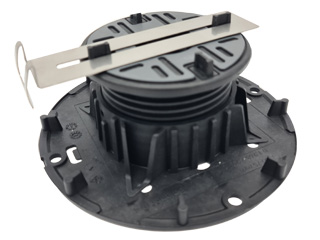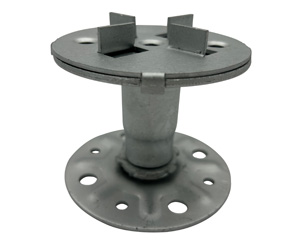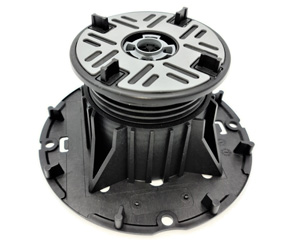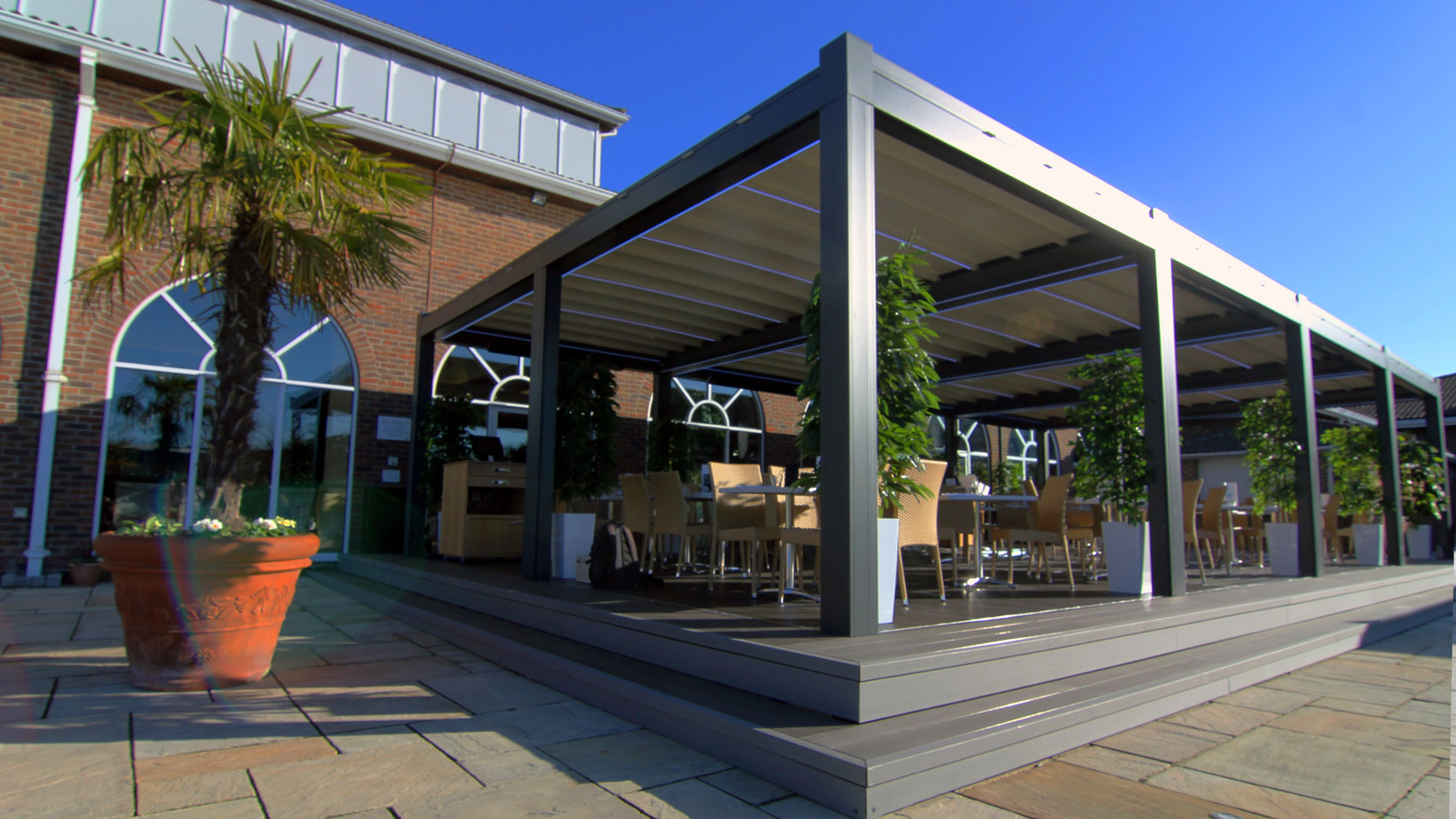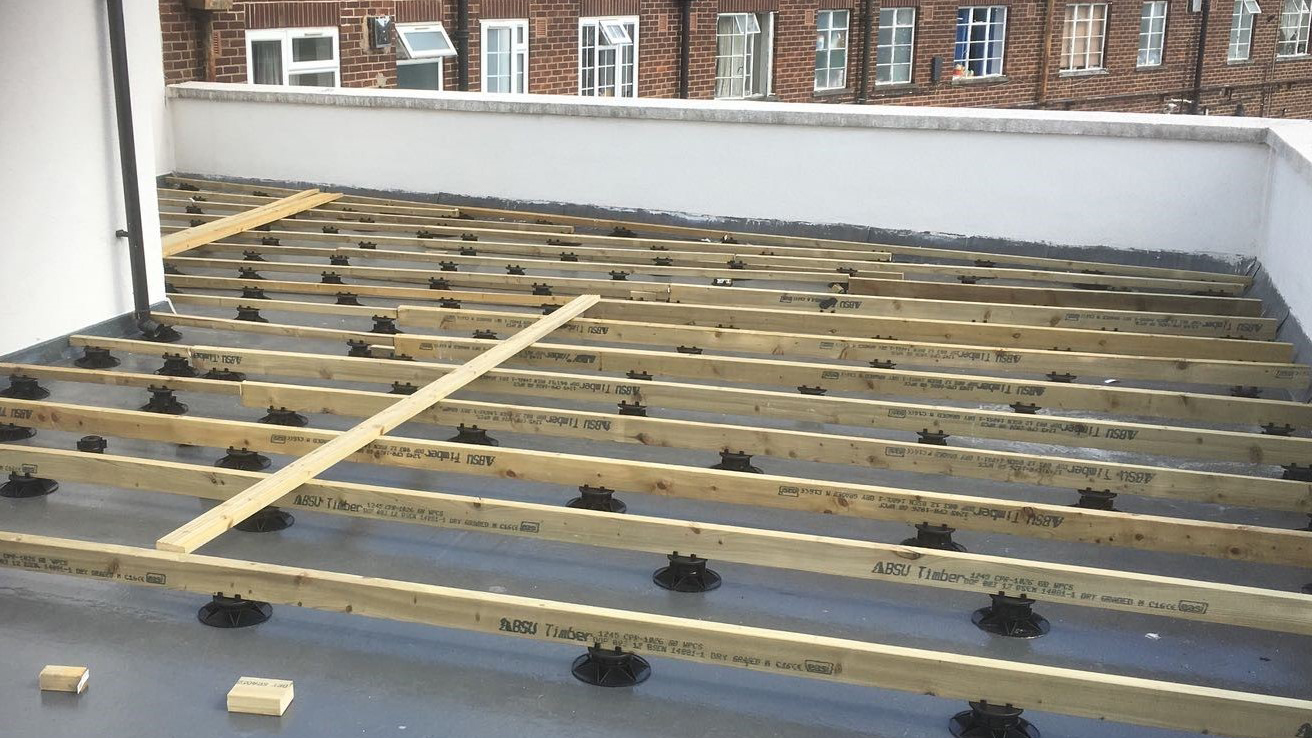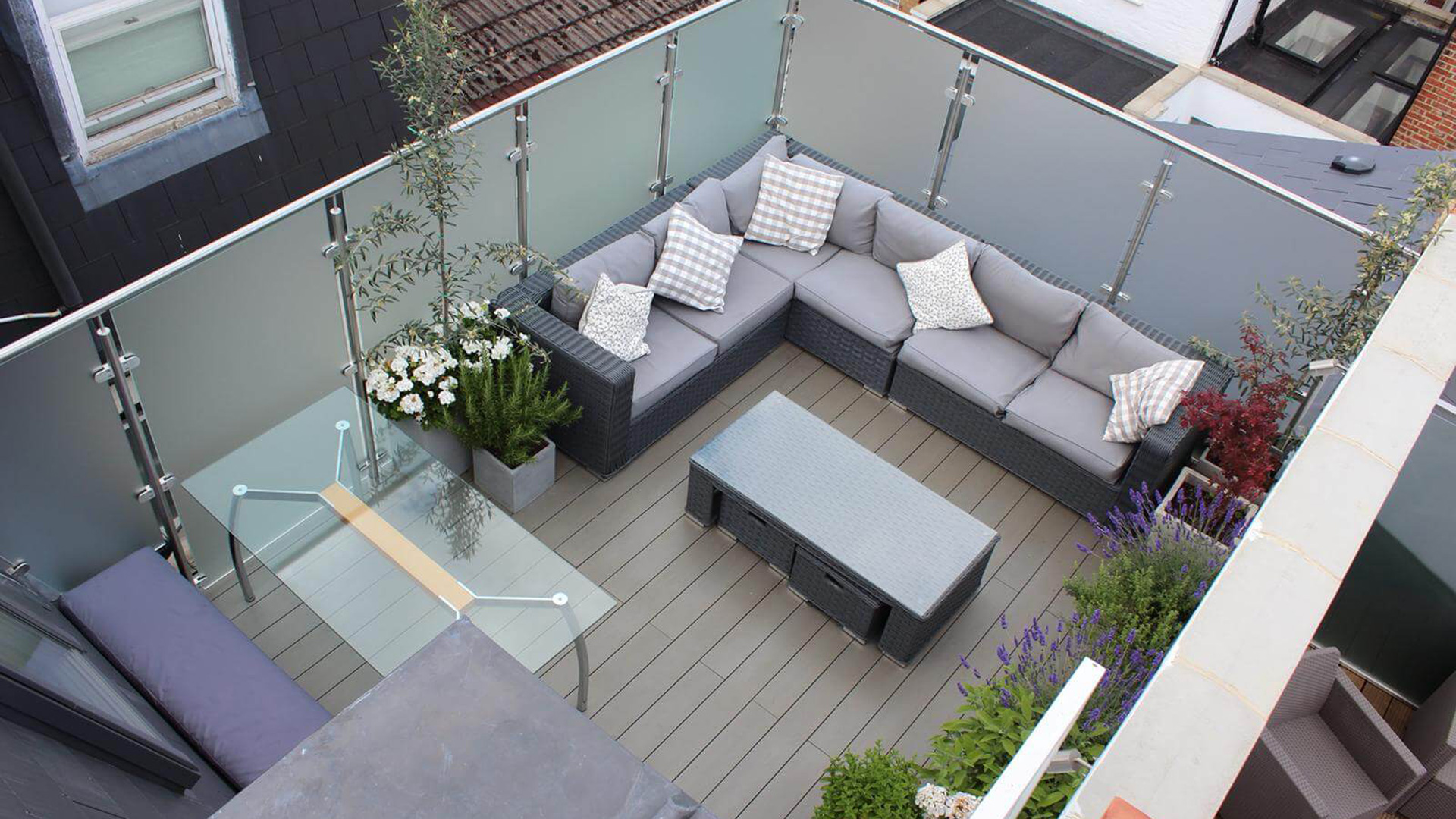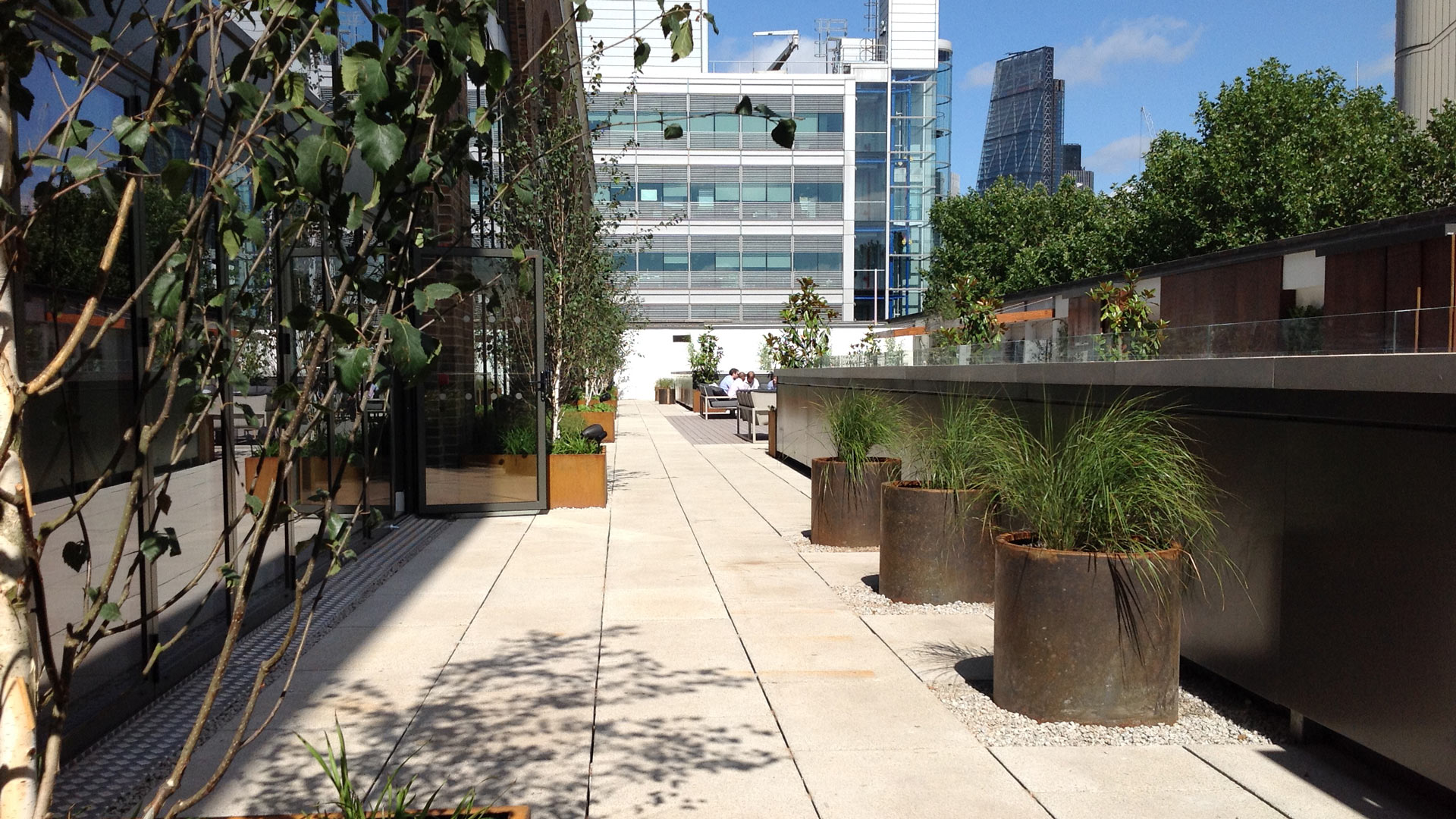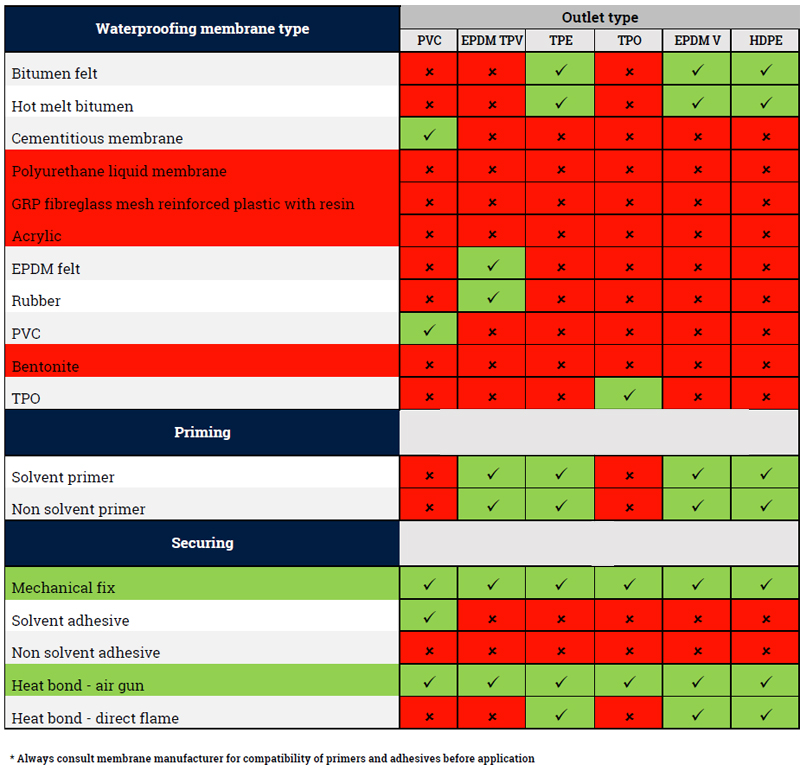During the past decade, thousands of Rotterdam building owners installed green roofs on their dwellings — about 330,000 square metres in total, almost two per cent of the city’s 18.5 square kilometres of flat roof space. But where some cities have promoted such projects to improve energy efficiency and absorb carbon dioxide, Rotterdam’s green roof infrastructure is all about water, and keeping as much rainwater run-off as possible out of aging, overtaxed sewers in order to prevent flooding.
About four-fifths of the Dutch port is below sea level. As Paul van Roosmalen, the city official overseeing sustainable public real estate, puts it: “The water comes from all sides” — the sea, the sky, the river and ground water. “It’s always been a threat.” But he also sees an opportunity to use a marriage of technology and green design to elevate the role of rooftops in managing Rotterdam’s water pressures.
While typical green roofs function like sponges and look like gardens, Rotterdam is working with public and private landlords to develop a “green-blue grid.” Instead of simply fitting out roof areas with plantings, these spaces can also be equipped with reservoirs or tanks to retain excess flow — blue roofs. The tanks, in turn, are equipped with electronic drain valves that can be opened and closed remotely, in some cases via a smart phone app.
“The problem,” says van Roosmalen, “is that when they’re full, they’re full.” The city’s vision, he explains, is to develop a system for co-ordinating the water levels in these tanks to help manage sewer capacity. The idea is to link the valve control devices into a grid of blue roofs that function, in effect, like a dispersed network of storm water reservoirs. When there’s rain in the forecast, the reservoirs can be drained automatically. Then, during heavy weather, they can store rainwater, reducing pressure and flooding in the sewer system.
While Rotterdam’s blue-green grid is still far from completion, it may be seen as a compelling example of how a set of technologies can be harnessed to produce what can be described as a smart city solution to a pressing urban problem.
The technological linchpin in Rotterdam’s strategy has been the installation of a highly sensitive weather radar on the roof of the city’s tallest building. The device is capable of detecting rainfall 16 to 20 kilometres away. Remotely operated blue-green roof control systems can be programmed to dynamically respond to those forecasts and release water that sits in the reservoirs. (A similar project, the Resilience Network of Smart and Innovative Climate-Adaptive Rooftops, or Resilio, is underway at several Amsterdam social housing complexes.)
For the full story, please click here.


